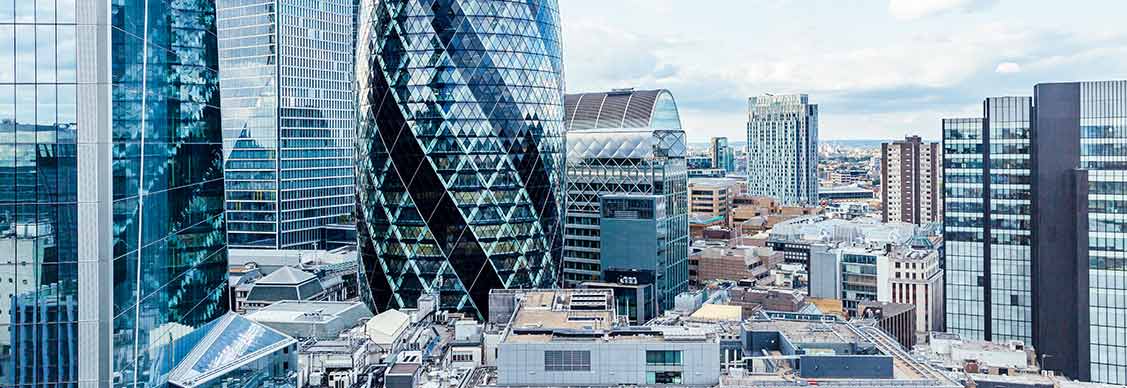Economic outlook remains key focus for real estate investors
Challenges remain but yield compression may not be far away
From inflation and interest rates to economic growth prospects, real estate investors have had plenty of lingering uncertainties to contend with this year.
These challenges have taken longer to ease than many had hoped.
We sat down with David Rea, JLL’s Chief Economist for EMEA, to probe five questions on the key issues facing commercial real estate investors as we head towards the end of the year.
David, thanks for taking the time. Kicking off, is it time to stop worrying about inflation?
We’ve been unable to ignore it in recent months. But looking forward, that may no longer be the case as, more and more, inflation looks to be low and stable.
That should allow central banks the leeway to cut interest rates, as we are now seeing, and reduce debt costs.
Inflation is likely to remain inside what we consider normal ranges. But the risk of re-emergence means making provisions remains important. Stress-testing against any resurgence in inflation would be wise.
If higher inflation does arise, and is due to external factors, central bankers may “look through” the spike and not raise interest rates again.
The base case is for interest rates in most markets, with the exception of Japan, to be cut in 2025 and 2026. There’s uncertainty still about the magnitude and pace of cuts. For sure, it’s a more stable planning environment than we’ve had for a number of years.
Expectations of lower future debt costs may cause leveraged buyers to delay transactions, as they await a better rate, but this carries a risk of missing out on the best opportunities.
Looking for more insights? Never miss an update.
The latest news, insights and opportunities from global commercial real estate markets straight to your inbox.
Aside from rate volatility, what are other short-term risks?
There are some big risks, such as geopolitical risk and election outcomes, climate risk and supply chain disruption. If realized, they could severely alter the outlook, so we need to keep these under review.
Disruption to shipping is something to keep an eye on. That could have implications in the next few months for demand for logistics space, a sector which has attracted significant capital post pandemic. And, of course, there may be an impact on both retail sales and retailer profitability if shipping operators can’t get goods to market on time.
That leads us nicely to prospects for economic growth. What’s the outlook ahead?
Across most markets, there’s a base case for continued strengthening in economic growth prospects. I think we can say growth will be stronger in 2025 and 2026 than it has been this year and last.
Custom Not Found
Cannot serve request on this server.
Progress in economic growth rates will help improve sentiment towards the real estate sector. It’s worth remembering that the real estate cycle is lagging the economic one and is only now, in H2, starting to pick up.
What’s your view on softening labor markets?
Labor markets have softened, that’s true. But it’s fair to say they remain robust. And employment growth will continue.
The services sectors are performing strongly and will be supported by a recovery in real purchasing power.
Can we say all this points to real estate yields heading in the right direction?
The real estate cycle has turned the corner in the second half of this year, and as we look toward 2025 and beyond, we see continued rental growth – driven by fundamentals and not just inflation-indexing – as well as prospects for yield compression.
We’re forecasting yields will begin to move in across most markets, starting in 2025, which will boost prospective capital growth as well as the appetite from investors to re-enter the sector.
Downward movements in real estate yields are dependent on how far and how quickly markets adjust and adapt.
Contact David Rea
Chief EconomistWhat’s your investment ambition?
Uncover opportunities and capital sources all over the world and discover how we can help you achieve your investment goals.
